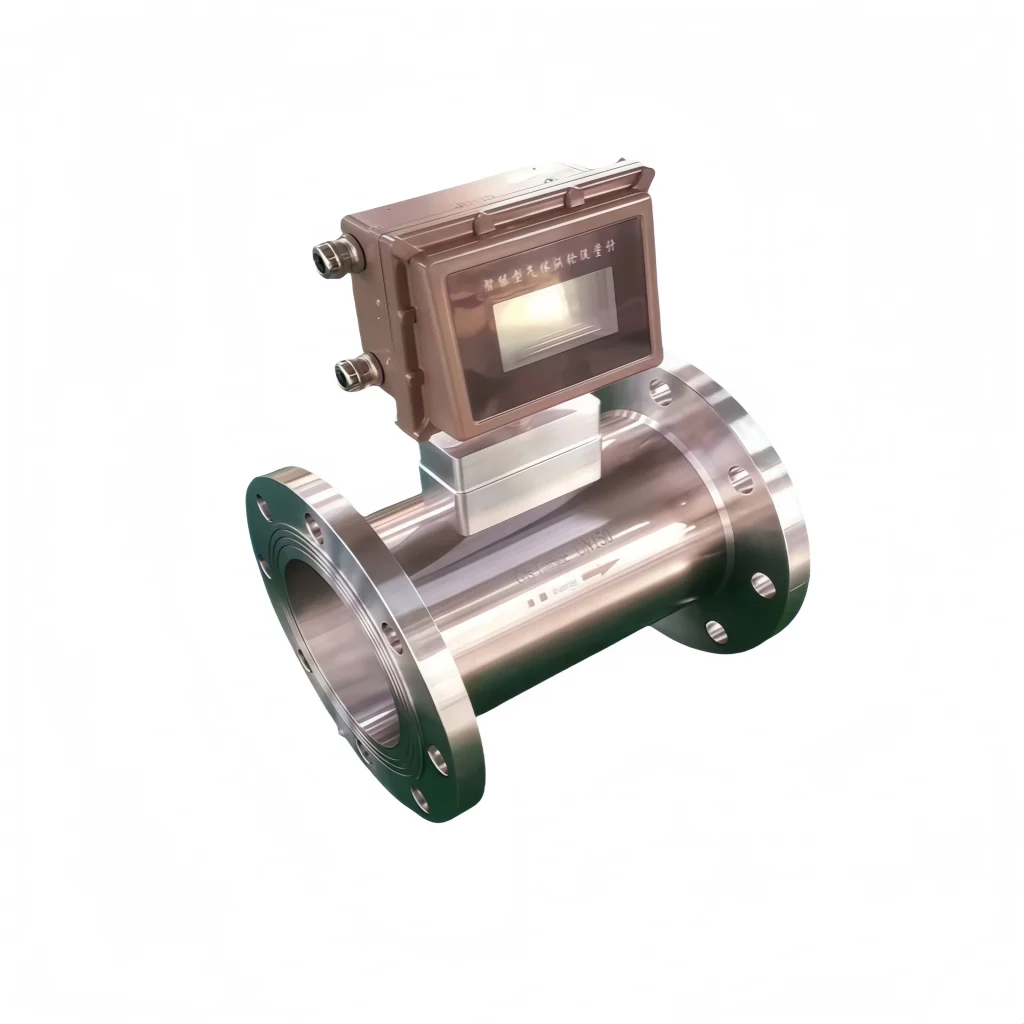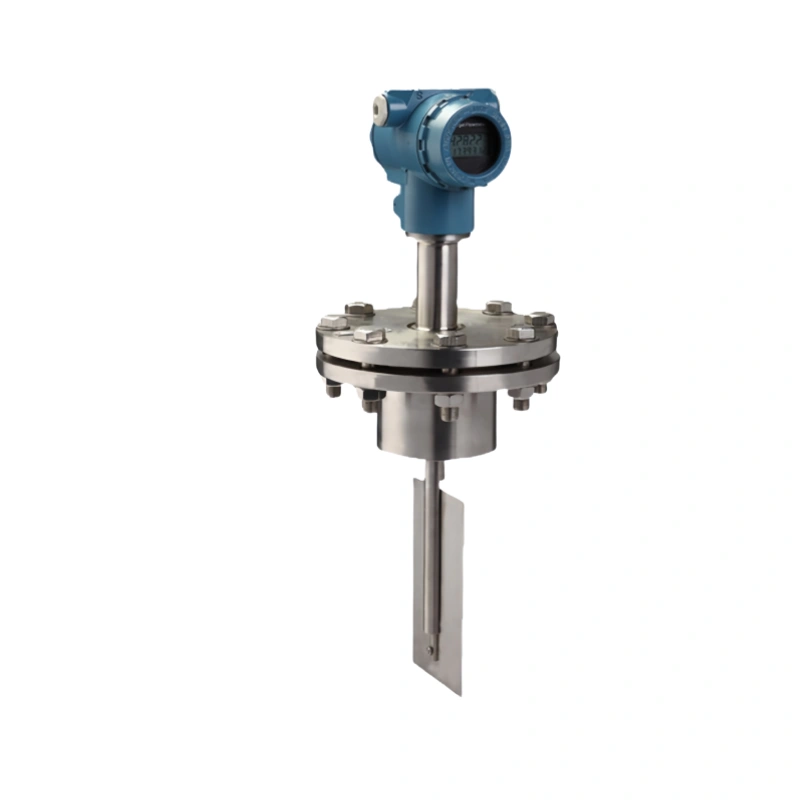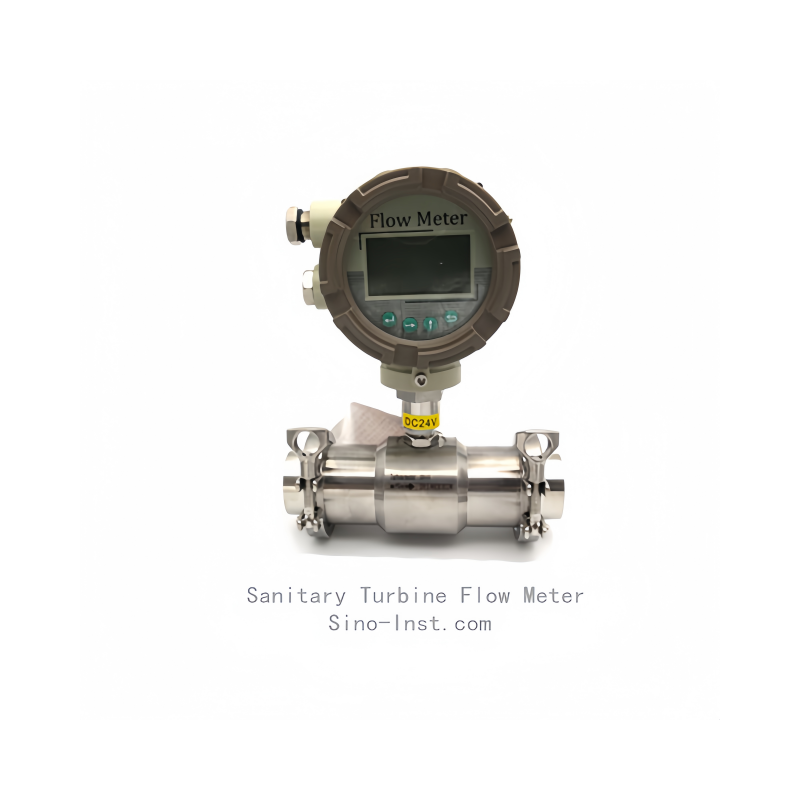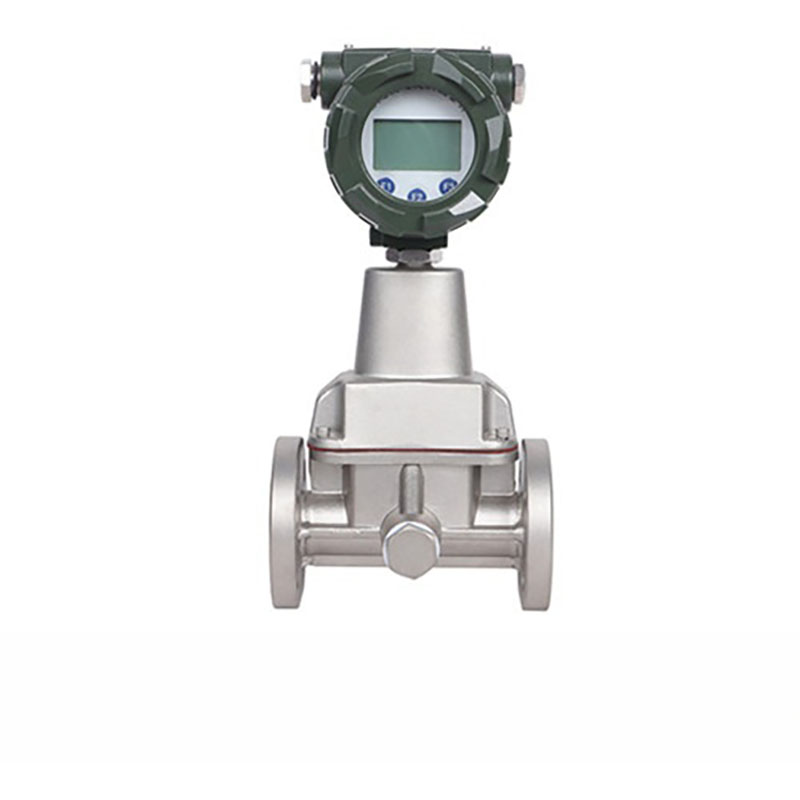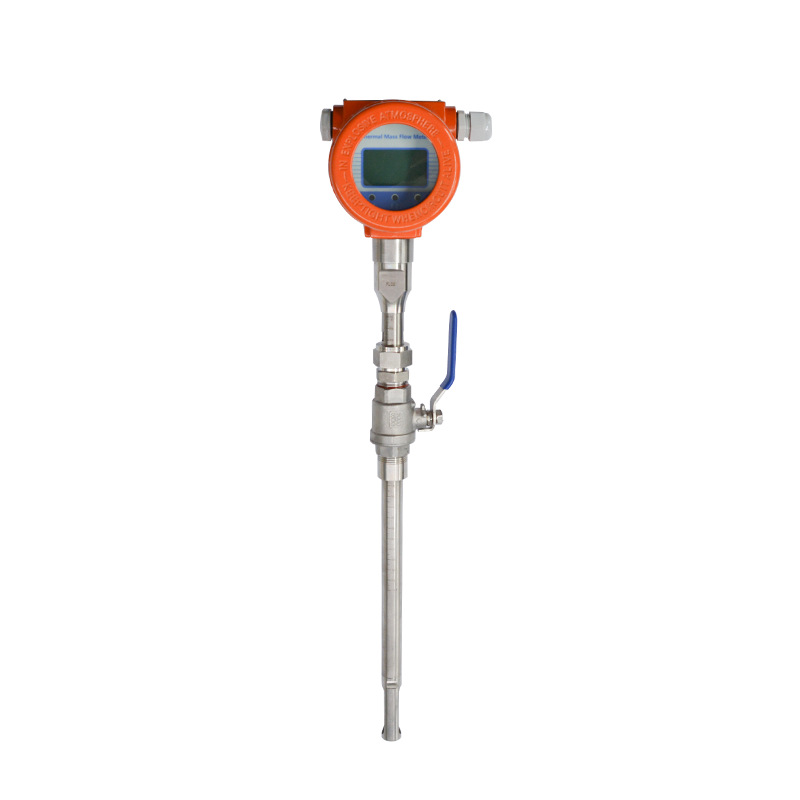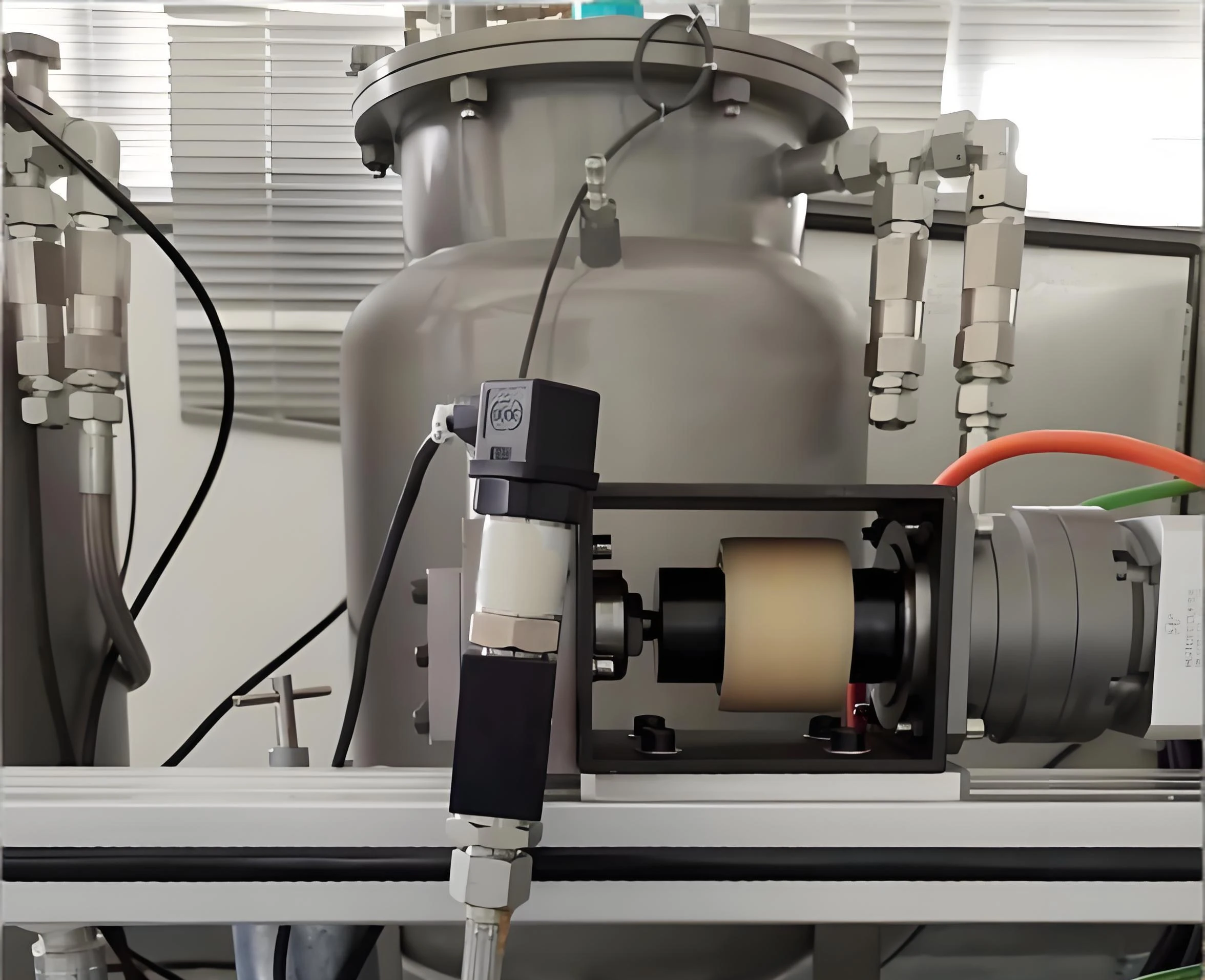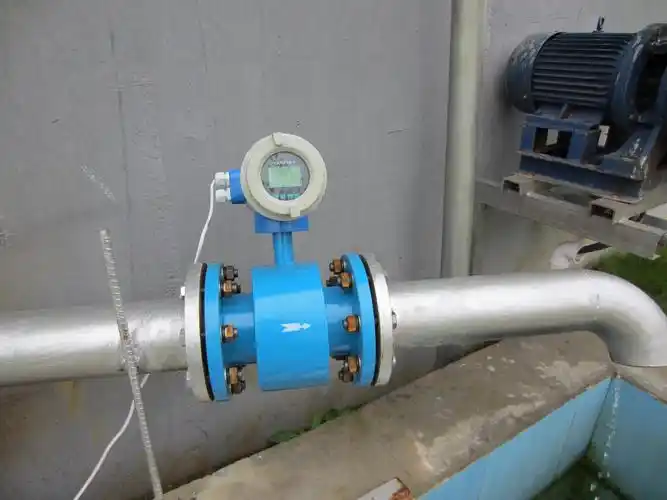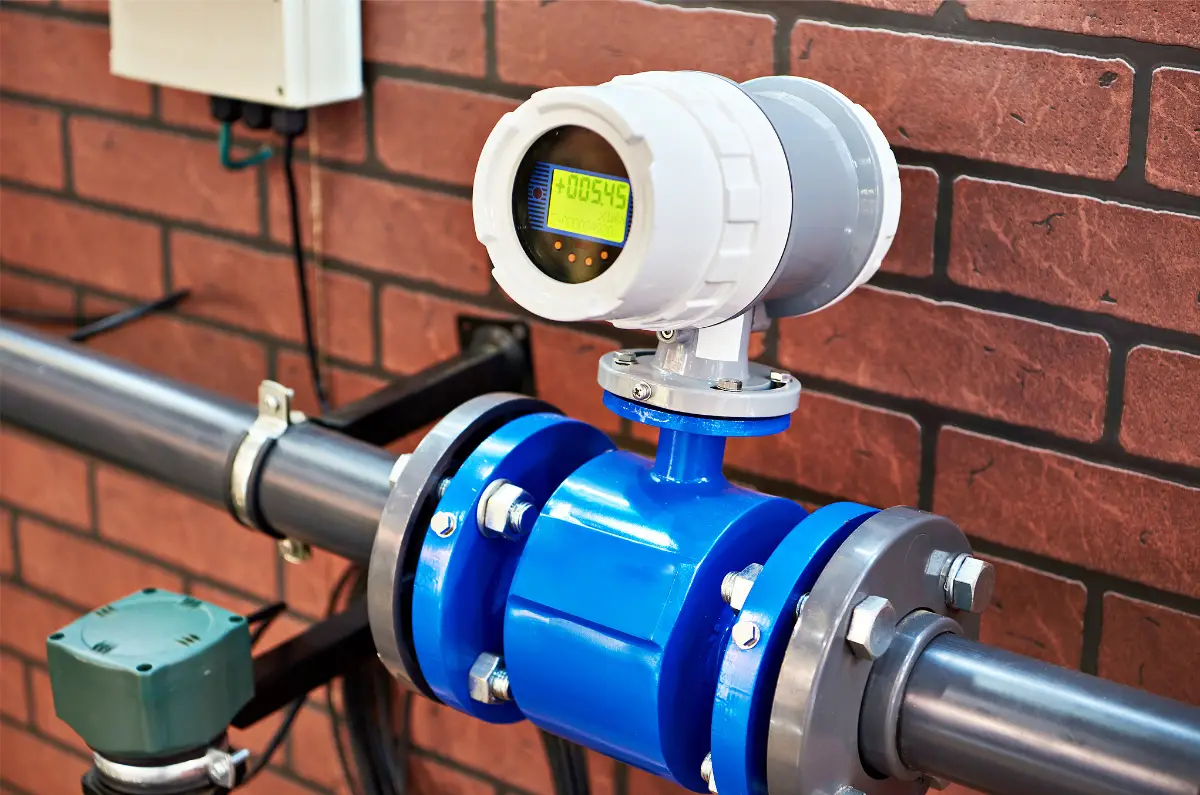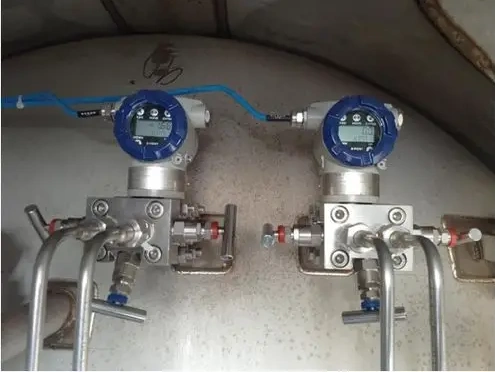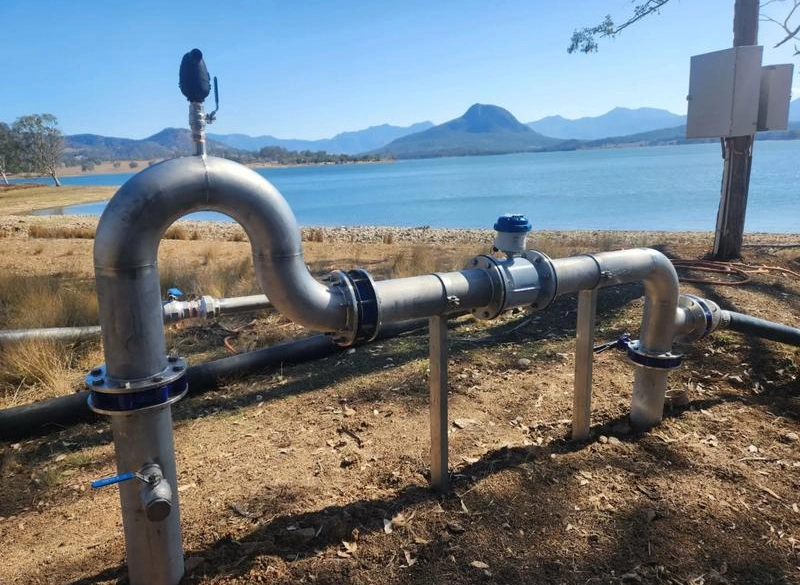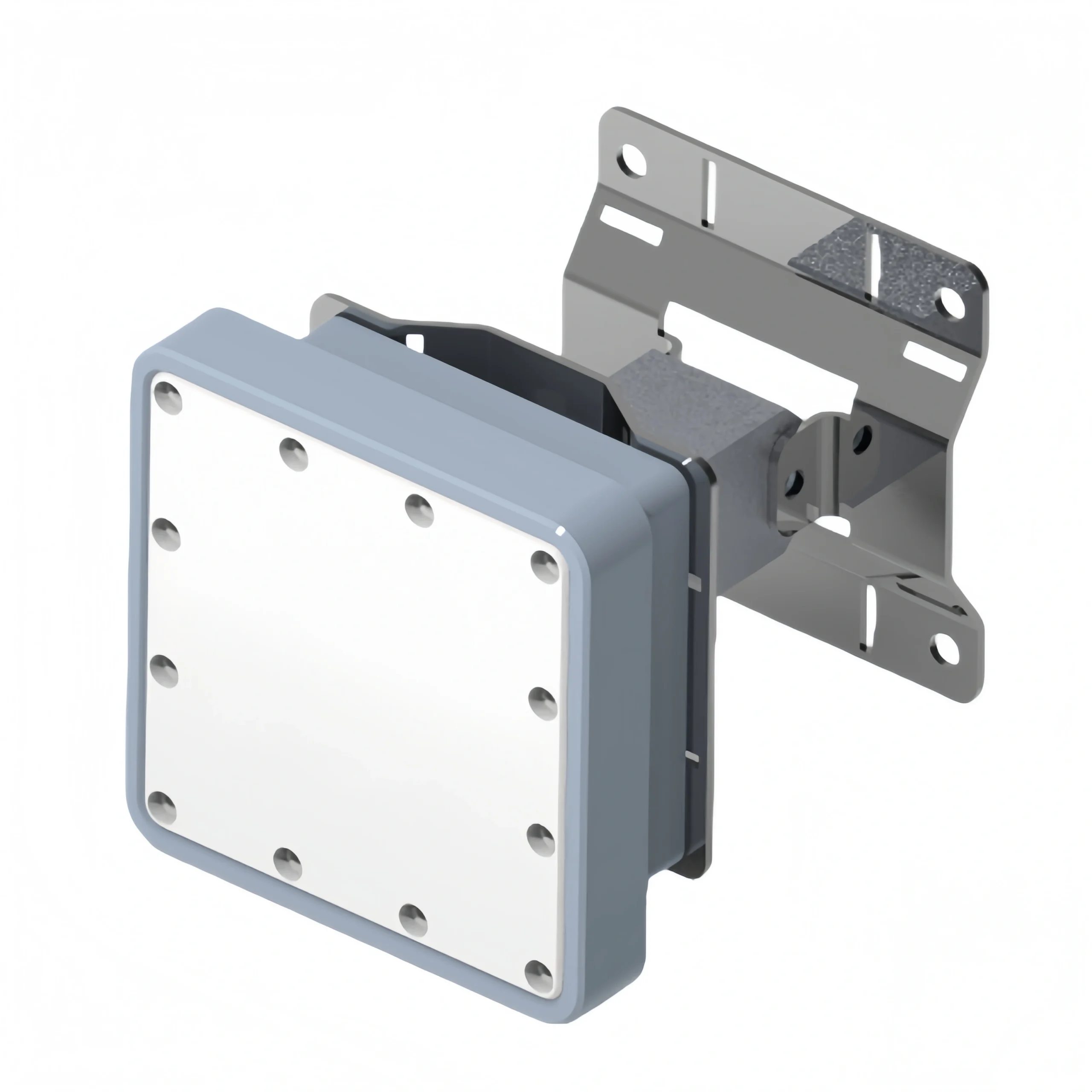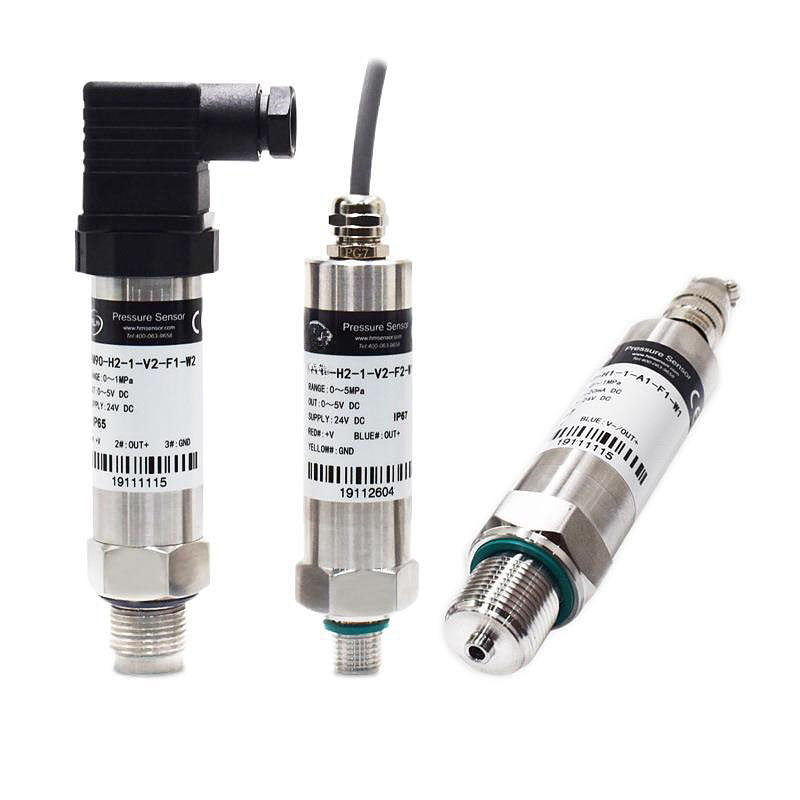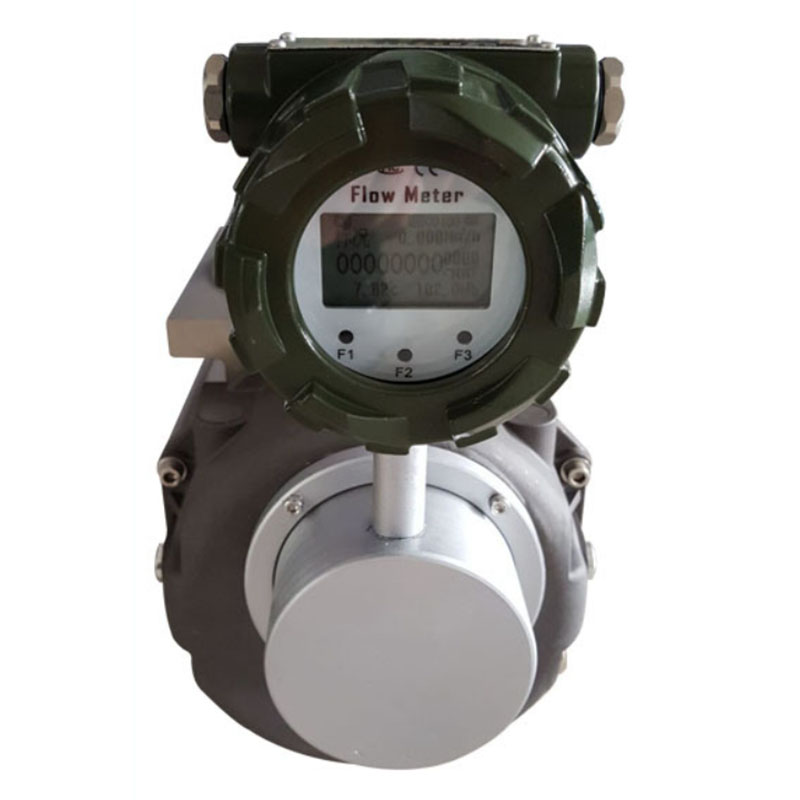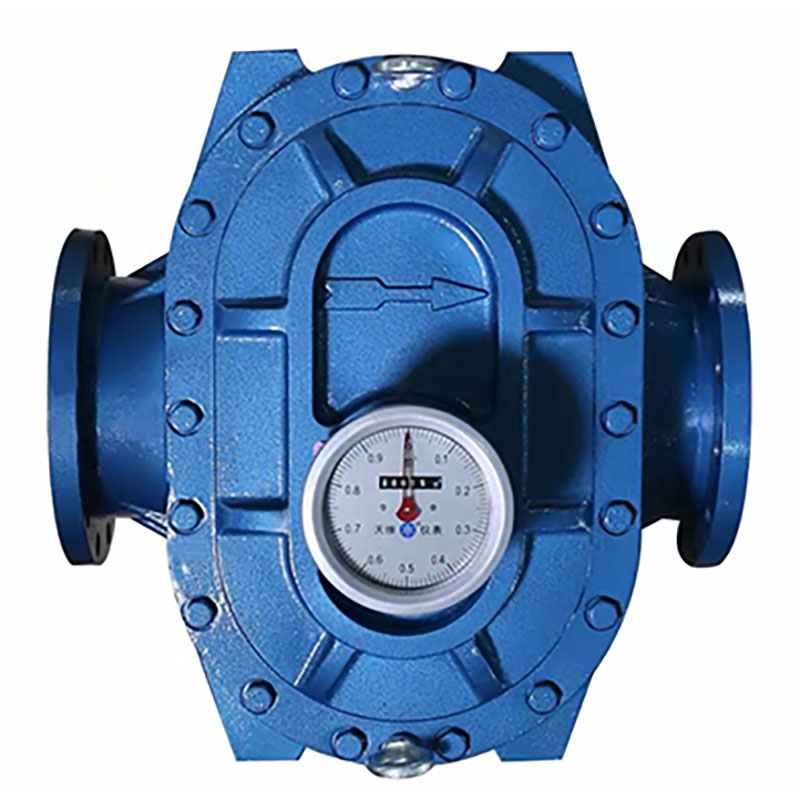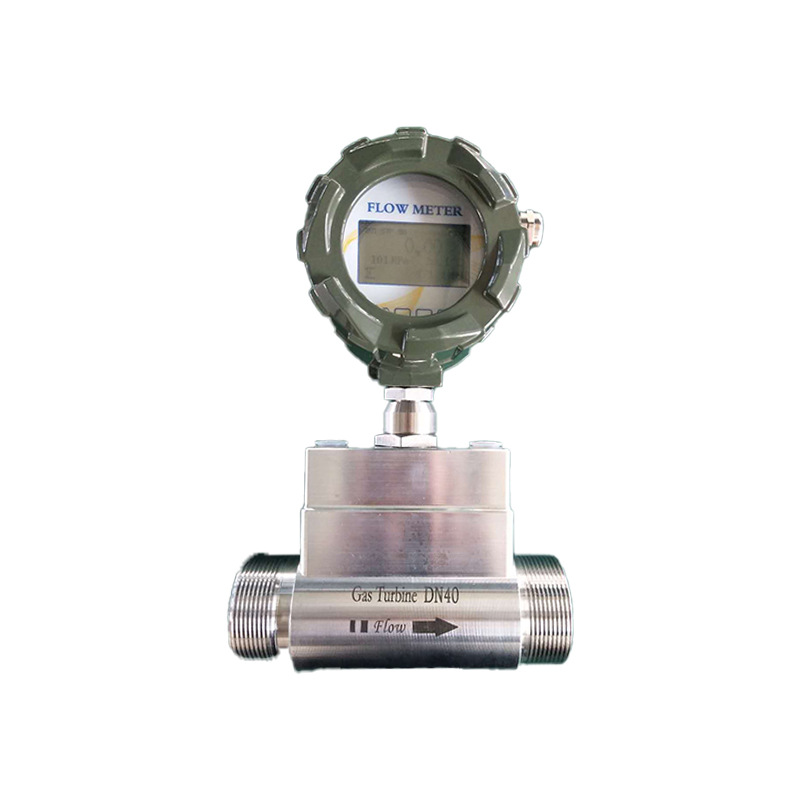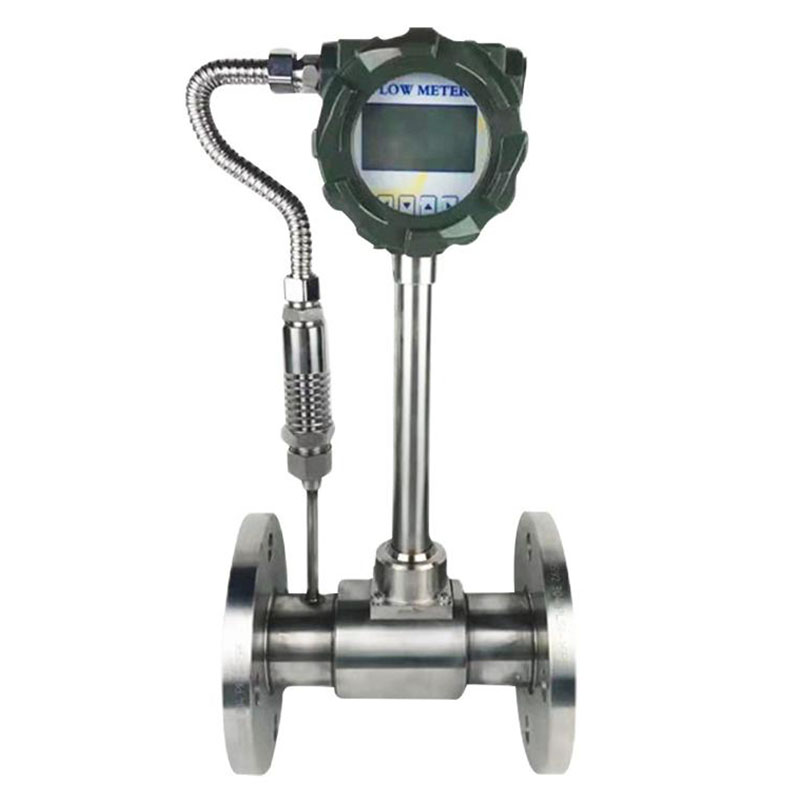An air flow meter is an instrument used to measure gas flow. It is widely used in various industries. It includes environmental monitoring and HVAC (heating, ventilation, and air conditioning) systems.
With the advancement of technology and the increasing demand for industrial automation, the technology of air flow meters is also evolving. Today, commonly used air flow meters are mechanical and digital. They can monitor the volume flow or mass flow of air.
This article will explore the definition, working principle, cleaning and maintenance of air flow meters in depth.
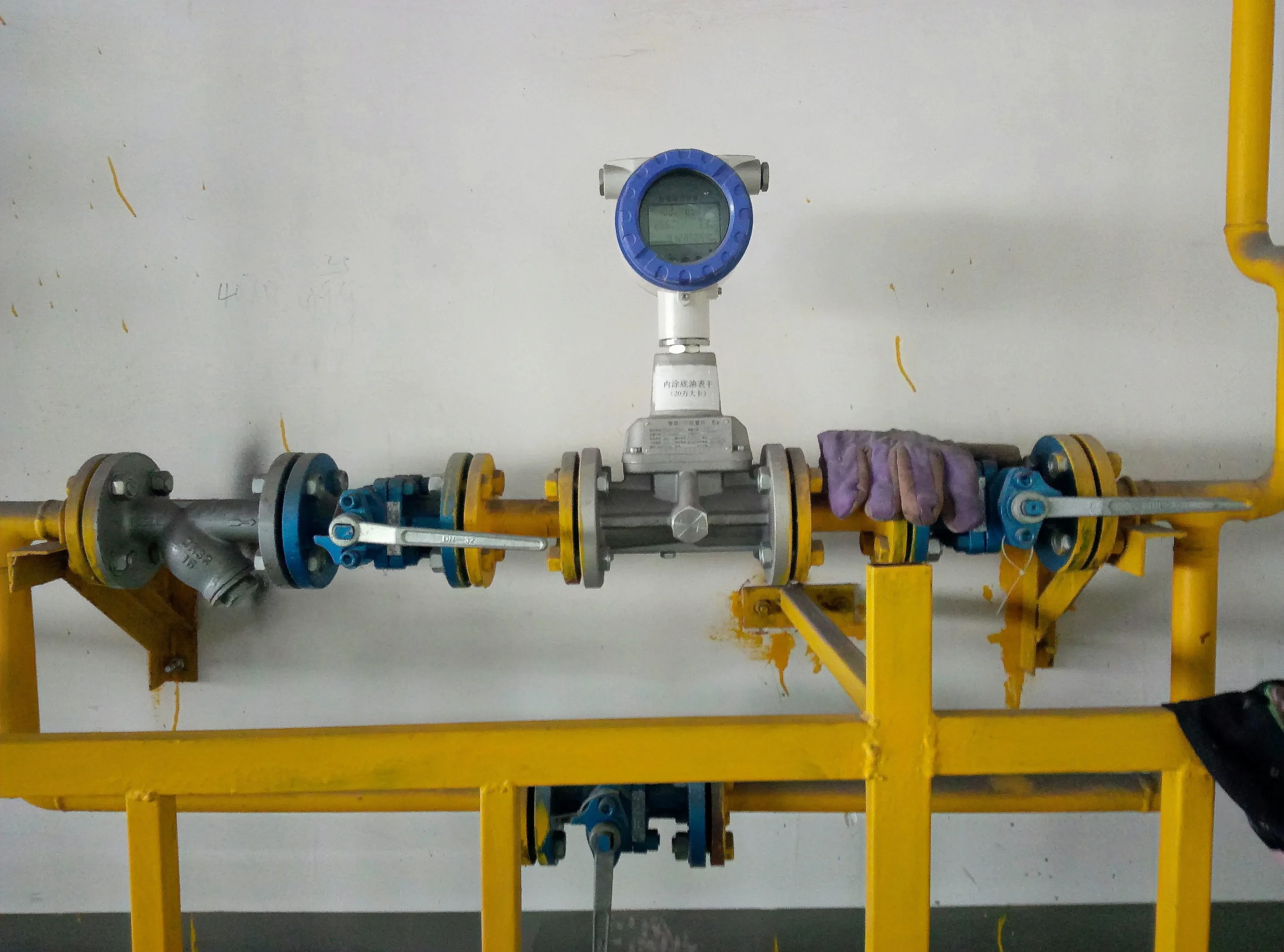
What is an Air Flow Meter?
An air flow meter is an important instrument used to measure gas flow. It is widely used in various industries, including environmental monitoring, HVAC (heating, ventilation, and air conditioning) systems, and the automotive industry.
An Air Flow Meter Features:
High precision:
The air flow meter uses advanced sensing technology and algorithms. Achieve high-precision measurement of gas flow.
Real-time feedback:
Real-time monitoring of air flow changes. And it provides feedback of data to the control system. Facilitates the timely adjustment of production parameters or fault diagnosis.
Wide application:
Air flow meters are suitable for various industrial environments, including harsh conditions such as high temperature, high pressure, and corrosive media.
Intelligence:
With the development of the Internet of Things and big data technology, air flow meters are gradually developing in the direction of intelligence. It can realize functions such as remote monitoring, data analysis and fault warning.
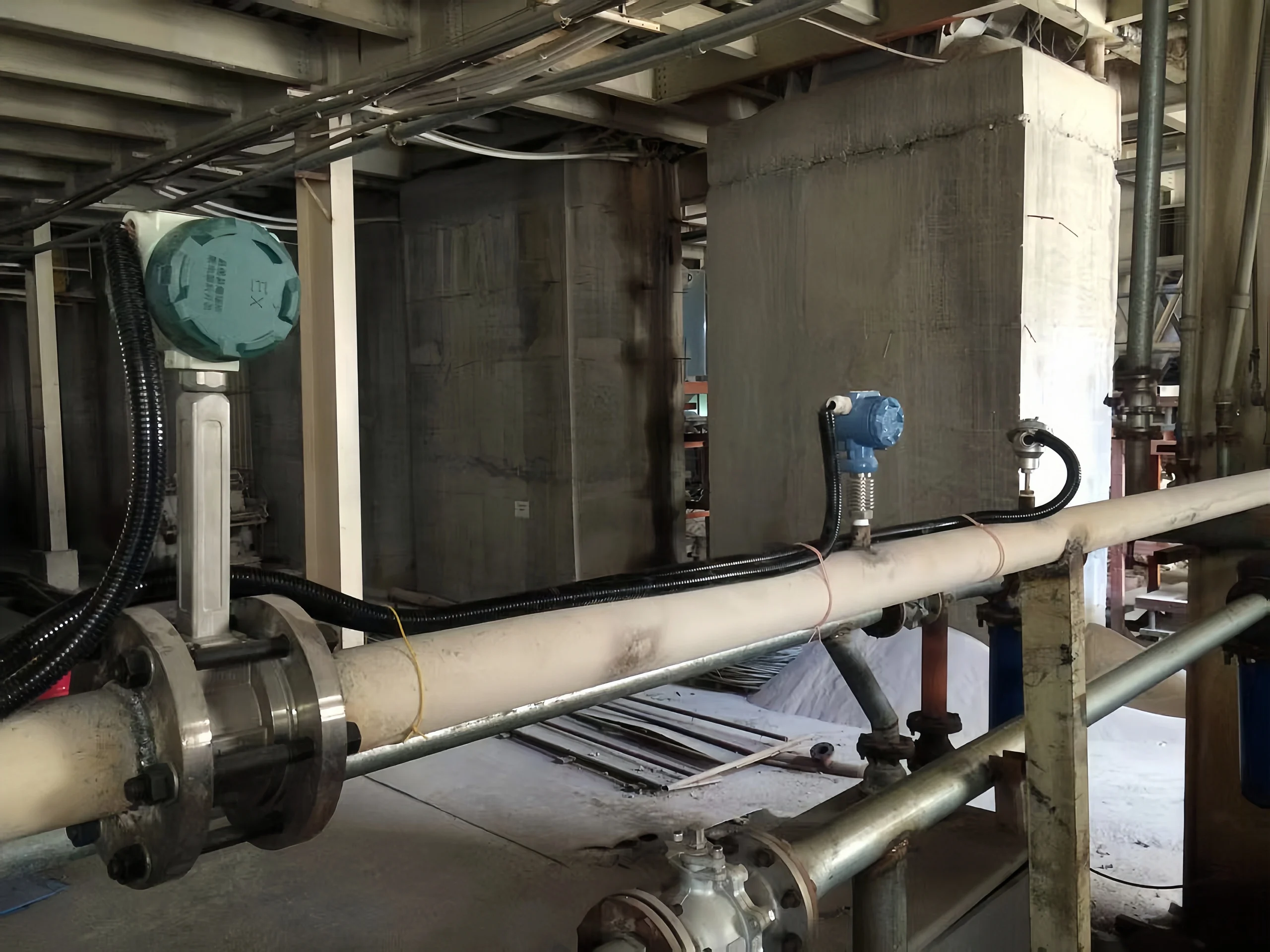
Sino-Inst Feature Product
How Does an Air Flow Meter Work?
The basic principle of an air flow meter is to calculate the flow rate by measuring the speed or pressure change of the gas flowing in the pipeline. Common measurement methods include:
Differential pressure flow meter:
The pressure difference generated when the fluid flows in the pipeline is used to measure the flow rate. The most common equipment is the Venturi tube and orifice flowmeter.
Thermal flow meter:
The flow rate is determined by measuring the thermal conductivity of the gas. Thermal flowmeters are usually used for low-flow and high-precision applications.
Vortex flow meter:
The vortex generated when the fluid flows is used to measure the flow rate. Vortex flowmeter has good stability and a wide range of applications.
Metal rotor flow meter:
It can be either a mechanical configuration or a digital display intelligent configuration.
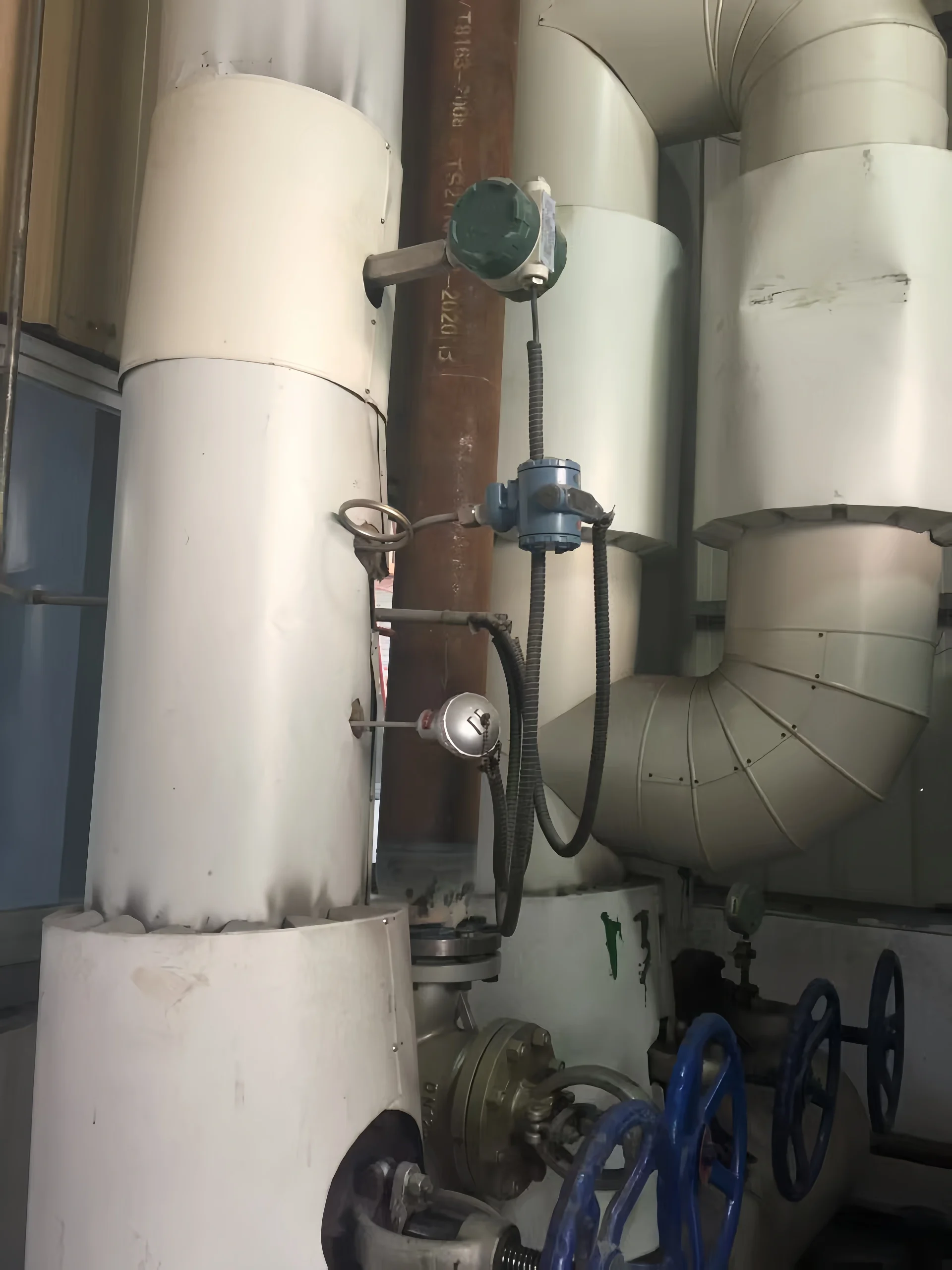
How to Calibrate an Air Flow Meter?
There are many ways to calibrate an air flow meter. The most common ones include standard calibration and comparative calibration.
Standard calibration is to compare the flow meter with a standard flow meter of known accuracy.
First, determine the calibration conditions such as environmental factors. Such as temperature and humidity. And ensure that the measurement is carried out under the same conditions as the standard flow meter.
Then, connect the flow meter to be calibrated. And the standard flow meter to the same gas source at the same time, and compare their readings. According to the comparison results, the scale of the flow meter to be calibrated can be adjusted. Or its zero drift can be repaired to achieve the purpose of accurate measurement.
Comparative calibration is to use two or more flow meters in parallel. And calibrate them by comparing their reading differences.
When performing comparative calibration, it is necessary to ensure that the flow meters involved in the comparison have high stability and accuracy.
In addition, in order to ensure the reliability of the calibration, comparative calibration should be carried out at different flow rates to cover various flow conditions in actual use.
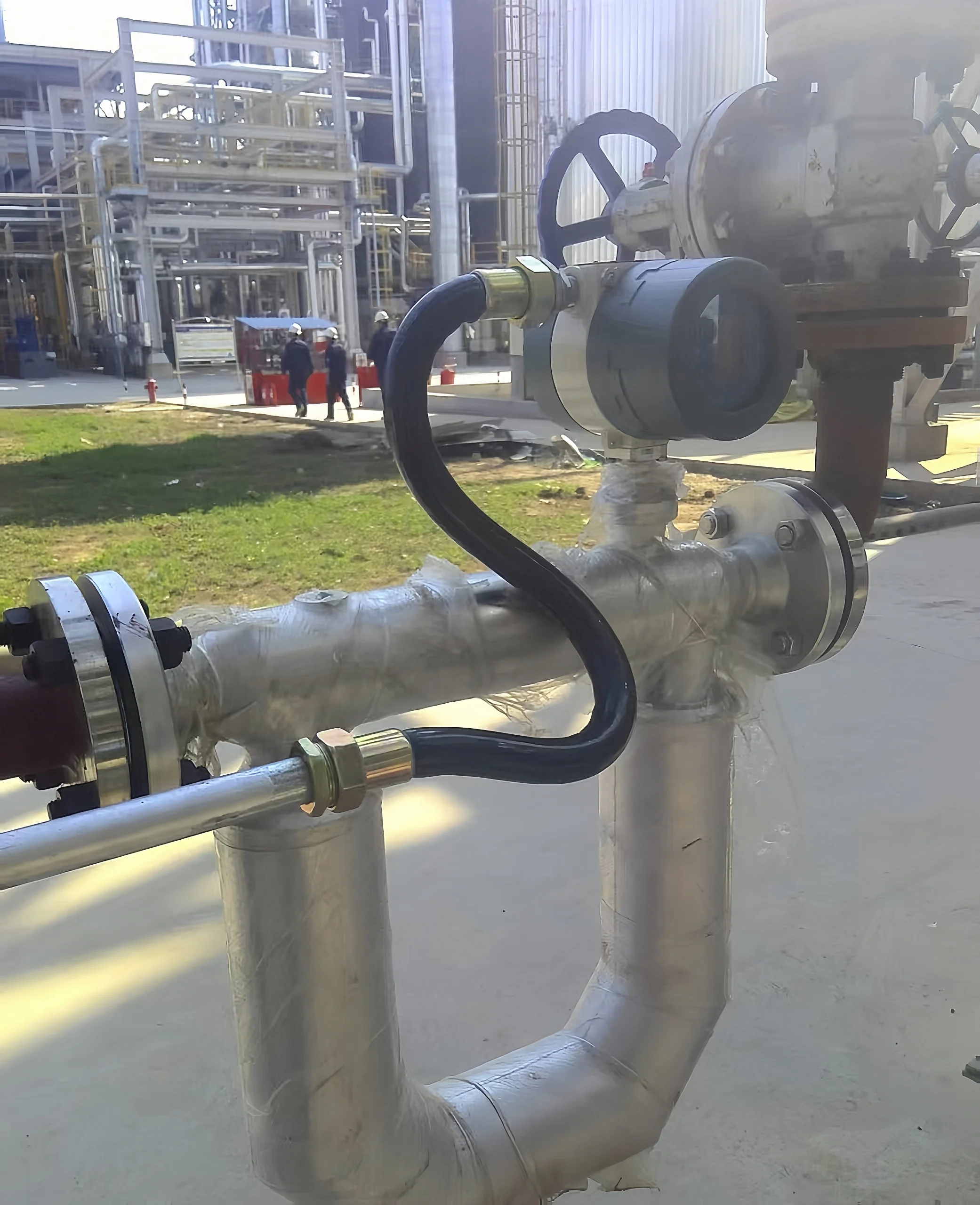
How to Clean an Air Flow Meter?
The following are the general steps for cleaning an air flow meter:
Preparation
Tools and materials: Prepare a special air flow meter cleaning agent, a clean soft cloth, a cotton swab, a compressed air can, gloves, goggles, etc.
Safety protection: Wear gloves and goggles to prevent the cleaning agent from splashing on the skin and eyes.
Cleaning steps
Disconnect the power supply: Turn off the power supply of the device to avoid accidents during the cleaning process.
Disassemble the air flow meter:
Use appropriate tools, such as a screwdriver, to carefully remove the screws or buckles that fix the air flow meter, and then gently unplug the wire plug to remove the air flow meter from the device.
Clean the outside:
Dip a small amount of cleaning agent with a clean and soft cloth and gently wipe the outside of the air flow meter. Remove dirt such as dust, oil and carbon deposits on the surface. Be careful not to use too much force to avoid damaging the surface of the flow meter.
Clean the inside:
If there is visible dirt inside the air flow meter, you can use a cotton swab to dip a small amount of cleaning agent. And carefully clean the internal sensor and channel. For some difficult-to-clean areas, you can use a compressed air can to blow away dust and debris. But be careful to control the direction and strength of the airflow to avoid damaging the sensor.
Check the sensor:
After cleaning, carefully check whether the sensor of the air flow meter is damaged. Deformed or aged. If the sensor is found to be damaged, it is recommended to replace it with a new one in time.
Drying treatment:
Place the cleaned air flow meter in a well-ventilated place. And let it dry naturally. Or wipe it gently with a clean and soft cloth to ensure that there is no residual cleaning agent and moisture inside.
Reinstallation:
After the air flow meter is completely dry. Reinstall the air flow meter to the device in the reverse order of disassembly. Plug in the wire plug, and tighten the fixing screws or buckles.
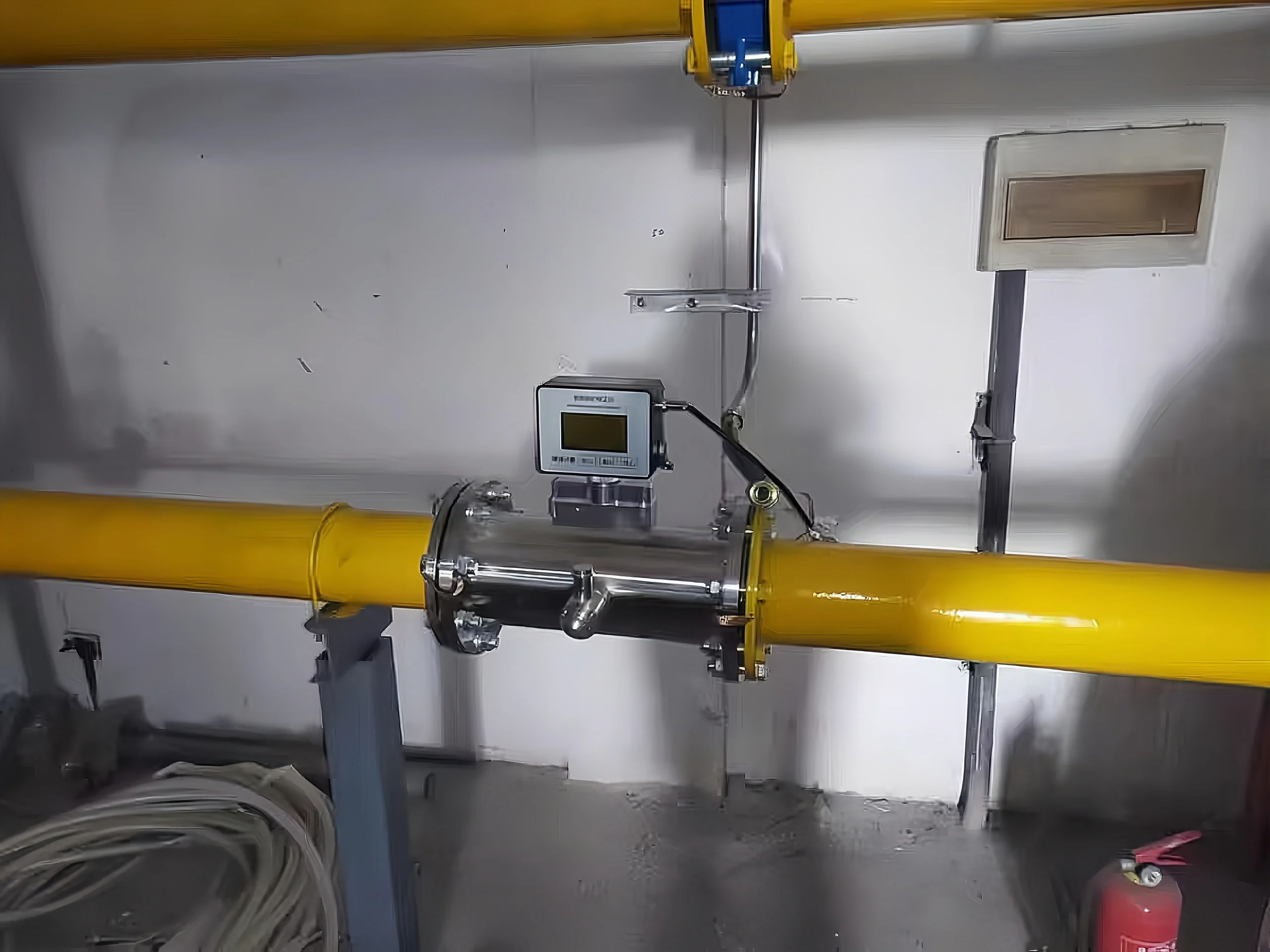
How to Check an Air Flow Meter?
The detection steps of the air flow meter are as follows:
1. Voltage measurement
First, check the output voltage data when the device is turned on. Under normal conditions, the voltage of the air flow meter should be near the no-load voltage. When the device is working at full load, the air flow meter voltage should be near the rated voltage. If the voltage deviates from the normal range, it may mean that there is a problem with the air flow sensor. Cleaning the sensor may solve the problem, but if the abnormality persists, it is recommended to replace it with a new one.
2. Sensor voltage test and function test
Use a multimeter to measure the output voltage of the sensor. When there is no air flowing in the air flow meter, the voltage should be near the no-load voltage. Next, purge the sensor with a blower and observe whether the voltage changes with the amount of air intake. If there is no change or the change is very small, it may indicate that the air flow meter is not functioning properly.
Following the above steps, you can carefully test the air flow meter. And take appropriate repair measures if you encounter problems. Always follow safety regulations when operating and seek the assistance of professional technicians.
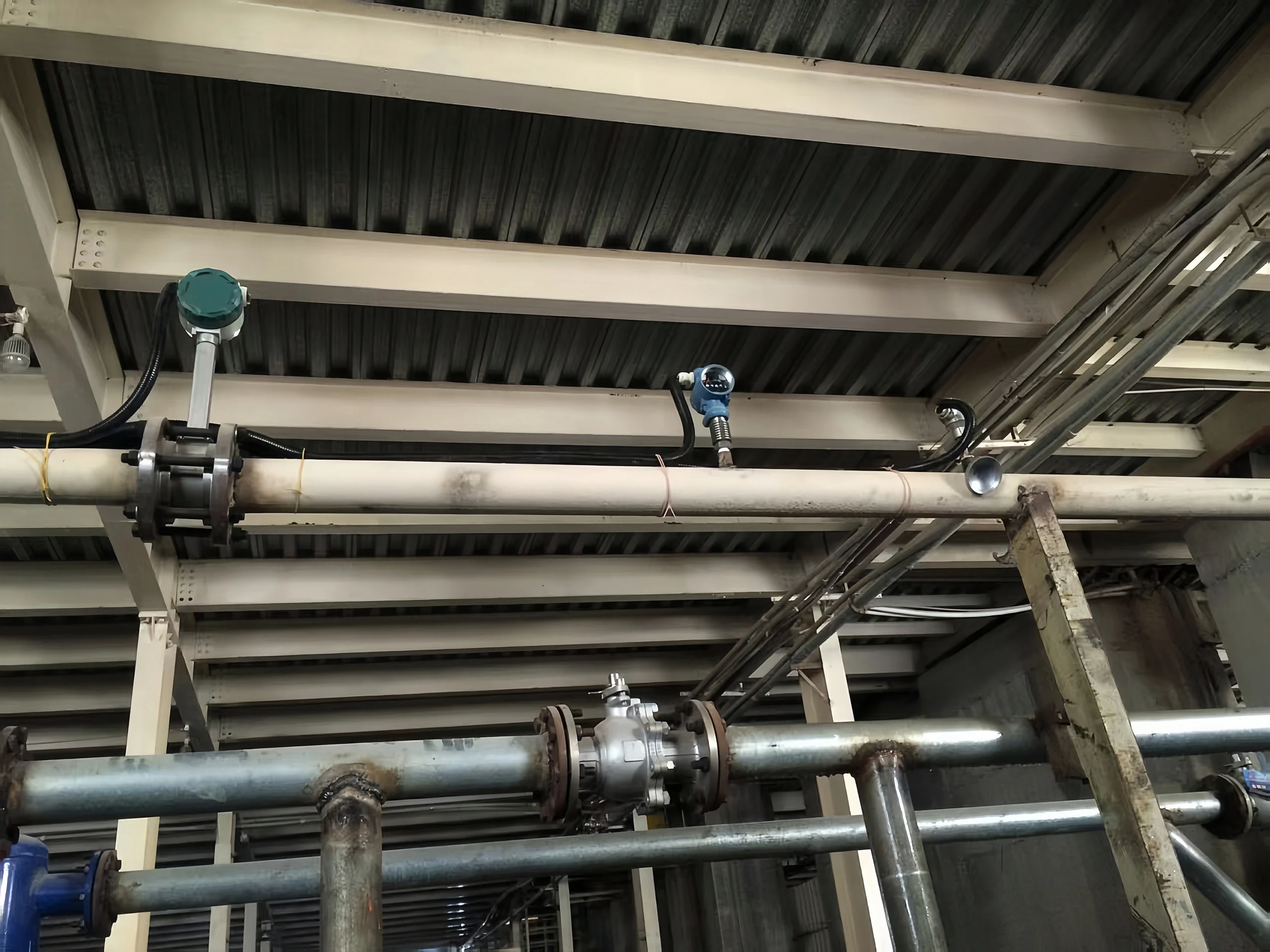
What does an Air Flow Meter do?
Air flow meters play an important role in many fields:
Industrial production:
In industries such as chemicals, pharmaceuticals, and food processing, air flow meters are used to monitor and control gas flow during production. Ensure product quality and production efficiency.
Environmental monitoring:
Used to monitor air quality and emissions. help companies and governments comply with environmental regulations and reduce pollutant emissions.
HVAC systems:
In the heating, ventilation, and air conditioning systems of buildings, air flow meters are used to regulate air flow. Improve energy efficiency and comfort.
Automotive industry:
In car engines, air flow meters are used to measure the amount of intake air to optimize fuel injection. Improve engine performance.

How do You Measure Air Flow?
Air flow detection technology is a technology used to measure the speed of gas flowing in a pipe or other channel.
The basic principles involve multiple fields of physics, including fluid dynamics, thermodynamics and acoustics.
In industrial and environmental monitoring applications, accurate flow measurement is essential to ensure process control, safe operation and environmental compliance.
Air flow can be measured based on different physical properties, such as gas velocity, thermal conductivity, sound velocity and mass.
What is the Most Accurate Air Flow Meter?
When measuring gas flow, choosing which flow meter is more accurate requires consideration of multiple factors. Including measurement range, measurement accuracy, working conditions, use environment and cost performance.
Air Flow Meter Types
Here is a classification according to major types. The above are specific common types of air flow meters. Air flow meters can be divided into many types according to different working principles and application requirements:
Mechanical flow meter: such as rotary vane flow meters and float flow meters. It is suitable for low flow and simple measurement occasions.
Electronic flow meter: such as thermal flow meters and ultrasonic flow meters, with high accuracy and fast response. It is suitable for complex industrial environments.
Smart flow meter: It combines sensors, data processing and communication technologies. It can monitor in real-time and transmit data remotely. It is suitable for smart manufacturing and IoT applications.
An air flow meter is an instrument used to measure air flow. It can be divided into many different types according to different working principles. Sino-Inst’s air flow meter supports customization.
If you need to measure air flow, please feel free to choose us. Sino-Inst has many years of experience in flow measurement.
If you have technical questions related to the flow. Please contact us immediately. We will provide you with free technical guidance.
Please continue to pay attention to this website, and we will provide more knowledge about flow measurement in the future.

